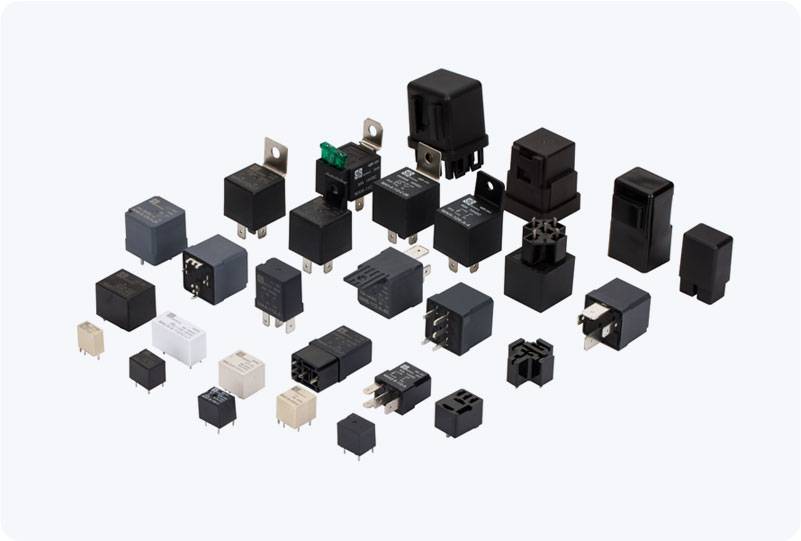understanding telecommunication relay: its role and importance in modern communication systems
Release time:2025-06-06 01:56:44
Telecommunication relay, an essential component in modern communication systems, plays a critical role in ensuring efficient and uninterrupted transmission of signals over long distances. These relays are crucial in a wide variety of applications, from telephone networks to satellite communications and even advanced fiber-optic technologies. This article explores the function, significance, and different types of telecommunication relays used today, highlighting their indispensable role in maintaining the integrity and reliability of communication networks.

What is a Telecommunication Relay?
At its core, a telecommunication relay is a device that receives signals from a source and re-transmits them, often after processing or amplification. The purpose of this process is to maintain the strength and quality of signals across long distances, as signals typically degrade or weaken during transmission. Telecommunication relays can either passively forward the signal or actively alter it (for example, by amplifying or converting it).
These devices are pivotal for the reliable operation of communication networks, as they enable information to travel seamlessly between various network nodes. Relays work by detecting a signal, processing it, and then sending it to the next stage of transmission, allowing the signal to cover more extensive distances without losing quality.

